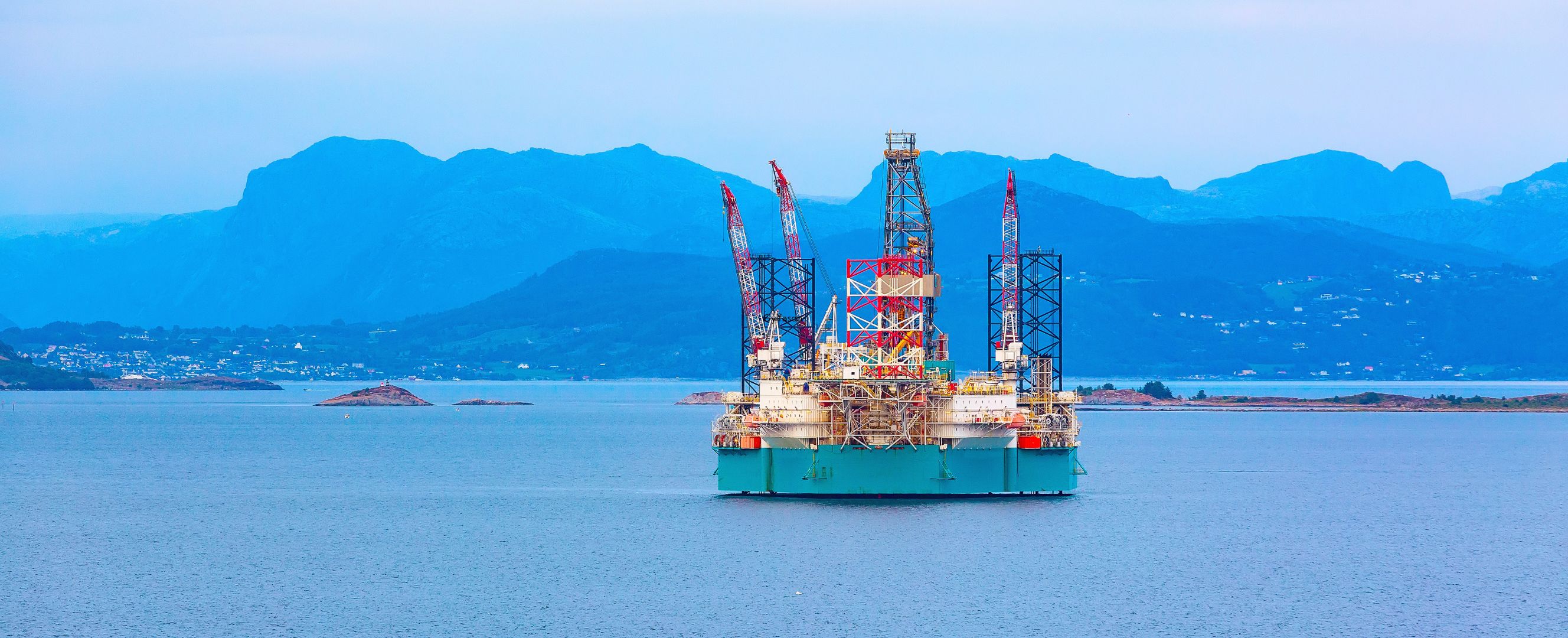Norway should set an example for the world by pumping oil and gas revenues into helping other countries meet climate change goals
The Paris Agreement is unfair in many ways. One of the biggest inequities is that the 2016 global framework on climate change requires poor countries to help solve a problem created by rich countries. Those nations used up most of the atmosphere‘s capacity for storing greenhouse gases like carbon dioxide.
There‘s a way to address this that‘s been proposed in Norway, one of the world‘s top oil producers for the past half century thanks to its massive North Sea petroleum deposits. The idea surfaced last November in a newspaper article by three titans of the nation‘s energy industry. They are Auke Lont, the CEO of Norwegian state-owned grid operator Statnett; Harald Norvik, the former CEO of the state-owned oil giant Equinor, previously known as Statoil; and Peter Mellbye, another ex–senior executive of Statoil.
The business leaders argue that Norway ought to quit pocketing its oil profits and start giving the money to countries that need help meeting their Paris Agreement climate change goals. As economists, we find the message concrete, simple, and compelling: a little more oil money to the world, a little less to the Norwegian state, and a better climate. Other petroleum powers should follow suit to help cover the $10 trillion a year needed to transform the global economy for net-zero emissions by 2050, based on McKinsey calculations.
Let us begin with Norway. Since the North Sea oil industry‘s infancy in the early 1960s, the Nordic nation has managed its petroleum revenue to benefit its 5.4 million people, the true owners of the resources. Early on, the Norwegian Parliament laid down preemptive economic and ethical principles to guide the use and exploitation of Norway´s oil and gas for the benefit of current and future generations of Norwegians. The nation‘s oil resources did not create a new class of Norwegian oligarchs.
Rather, Parliament created the Oil Fund, now called the Government Pension Fund Global, to husband the petroleum revenue. At the beginning of 2022, the fund amounted to NKr 12.34 trillion ($1.25 trillion). It is the world’s largest sovereign wealth fund, equivalent to $1 million for each Norwegian family of four, invested in more than 9,000 companies in 70 countries.
Oil Fund 2.0
That‘s more than enough wealth, according Lont, Norvik, and Mellbye, who argue that the fund, which they call Oil Fund 1.0, is “fully subscribed.” It‘s time to start pumping oil and gas profits into “Oil Fund 2.0” for the benefit of countries that can‘t afford to meet their climate goals, they suggest.
But why should Norwegians forgo benefiting from future oil revenue? It‘s their oil, and the fund already hews to an impressive system of ethical investment. Candidates for the fund‘s investments are carefully assessed, and an ethics council weeds out companies whose environmental, social, and corporate governance criteria are deemed unacceptable. In votes at general shareholder meetings and in close collaboration with the management of many companies, fund manager Norges Bank Investment Management seeks to steer the behavior of global companies in a sustainable direction.
By transferring future revenue to Oil Fund 2.0 and helping pay for the global green shift, Norwegians can in a concrete way make continued oil and gas production more environmentally friendly. Since the beginning of oil production in 1969, Norway has extracted 29 billion barrels of oil, whose consumption spewed 11.6 billion tons of carbon dioxide (CO2) into the atmosphere. This ought to have consequences for the use of future oil revenues.
To speak the unspoken, other oil-producing countries—including the United States, Russia, Saudi Arabia, Canada, and China, which together account for more than half of world oil production—could do the same thing. Too much oil wealth has been and still is expropriated by elites at the expense of ordinary citizens who in many cases have little to show for their ownership of hugely valuable oil reserves, but that is another story.
The broader point is that the Paris Agreement is unfairly based on each nation‘s current CO2 emissions without full regard for the accumulated greenhouse gases generated country by country over the past 250 years. Because CO2 remains suspended in the atmosphere and takes thousands of years to disappear, it is the accumulation of emissions over time that should be the starting point.
If Norway‘s future oil and gas revenues can help the global green shift, there would be good reason to continue pumping from the Norwegian shelf. (Alternatively, Norway could help reduce global carbon emissions simply by closing down the oil business, but doing so would cut off the flow of funds that could help decarbonize the rest of the world.) In this scenario, Norway´s extraction of fossil fuels would become fundamentally different from that of other countries.
Norway is unique among the 38 Organisation for Economic Co-operation and Development (OECD) countries: its oil revenue amounts to 4.3 percent of GDP— compared with 0.2 percent for the OECD as a whole. Since oil production began in 1969, about 80 percent of Norway´s oil revenue has accrued to the people via Oil Fund 1.0, whose current $1.25 trillion balance is twice Sweden‘s annual GDP, three times Norway‘s, and 60 times Iceland’s.
Where did all that money come from? In the early 1970s Norway set marginal tax rates of more than 75 percent on oil companies operating in the North Sea. The industry of course objected, but the alternative would have been Robin Hood in reverse, taking money from taxpayers and giving it to oil companies. While Norway‘s oil tax rate is high by world standards—the average is 49 percent for OECD countries—every jurisdiction is well within its rights to levy severance fees on the use of its people‘s resources, and most do at some level.
Enough is enough
Under Article 1 of the International Covenant on Civil and Political Rights adopted in 1966 by the United Nations General Assembly, “All people may, for their own ends, freely dispose of their natural wealth and resources.” Notice the wording: The provision says people, not states.
Under the Oil Fund 1.0 rules, the Norwegian government may spend 3 percent of the fund‘s value each year, or $7,500 a person, in line with the expected annual return. That‘s about 20 percent of annual government revenues. Enough is enough: it‘s time to adopt the Lont, Norvik, and Mellbye proposal so that the world can benefit from Norway‘s flow of oil money. This would tangibly help meet out planet‘s climate challenges—for which Norway, as a significant producer of oil and gas, is partly responsible.
The effect of Oil Fund 2.0 on the global economy would hinge on developing economies’ success at reducing carbon emissions using the money. Other oil-producing countries would be welcome to follow suit. The United Nations (UN) might consider establishing and implementing a set of internationally agreed principles to do just that.
Around the world, recklessly and with impunity, autocratic regimes have used oil wealth, which belongs to the people by international covenants and sometimes by local laws, to enrich the few at the expense of the many. The UN could consider selectively internationalizing oil reserves around the globe in the name of reason and justice. Emergencies sometimes call for extraordinary yet legitimate reactions by public authorities. A recent example is the seizure of yachts and other contested assets of oligarchs in war. You catch our drift. We leave the quiet part unspoken.
Opinions expressed in articles and other materials are those of the authors; they do not necessarily reflect IMF policy.










